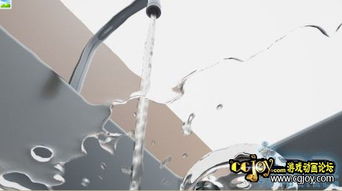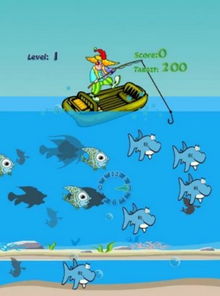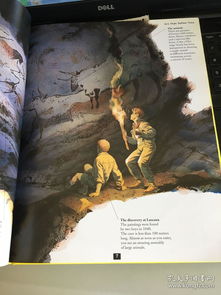Fishing in Waterlogged Areas: Essential Techniques for Anglers
When the heavens open up and pour down rain, leaving behind waterlogged landscapes, it can seem like a daunting task to enjoy a day of fishing. However, for the seasoned angler, waterlogged areas can present unique opportunities to catch fish that are often less pressured by other anglers. Here are some essential techniques to help you master the art of fishing in these challenging conditions.
Choose the Right Location
Waterlogged areas can be found in various environments, from floodplains to lakes and ponds that have been overwhelmed by excess water. The key to success is to identify areas where fish are likely to congregate during these periods.

- Low-Lying Areas: Fish often seek higher ground during flooding, so look for elevated spots such as islands, high banks, or even trees that are partially submerged.
- Shallow Water: While fish may move to deeper water during heavy flooding, they often return to shallow areas as the water recedes. Focus on these transition zones where fish can move back and forth easily.
- Vegetation: Submerged vegetation can provide excellent cover for fish. Look for areas with dense plant life, as it can attract baitfish and in turn, larger predators.
Adjust Your Tackle
The conditions in waterlogged areas can be different from those in dry conditions, so it's important to adjust your tackle accordingly.
- Lighter Line: In murky water, visibility is limited, so using lighter line can help reduce the risk of snags and improve your chances of a successful catch.
- Stronger Hooks: The increased likelihood of snags means you'll need hooks that are strong enough to withstand the pressure.
- Scented Baits: The strong odors associated with flooding can attract fish, so consider using scented baits to entice them to your lure.
Master the Art of Patience
Fishing in waterlogged areas often requires a great deal of patience. Fish may be more scattered and less aggressive than usual, so it's important to be prepared for long periods without a bite.
- Long Casting: Cast your line out as far as possible and let it sink to the bottom. This gives you more time to detect subtle movements.
- Twitching and Jigging: In murky water, fish may not be as reactive to fast movements, so try slower, more subtle actions with your bait.
- Change Your Approach: If you're not having luck with your usual techniques, don't be afraid to try something different. This might mean changing your bait, adjusting your lure presentation, or even moving to a different location.
Be Aware of the Weather
Waterlogged areas can be unpredictable, so it's crucial to stay informed about the weather and water levels.
- Monitor Water Levels: Keep an eye on the river levels or lake levels to ensure that you're fishing in conditions that are safe and conducive to catching fish.
- Weather Forecast: Check the weather forecast regularly to avoid getting caught in a downpour or storm that could make the fishing conditions even more challenging.
Safety First
When fishing in waterlogged areas, safety should always be your top priority.
- Footwear: Wear waterproof boots to prevent slipping and keep your feet dry.
- Navigation: If you're fishing in unfamiliar territory, take a map and compass or use a GPS device to stay on course.
- Emergency Supplies: Always carry a first aid kit, a whistle, and a flashlight in case of an emergency.
Conclusion
Fishing in waterlogged areas can be a challenging but rewarding experience. By choosing the right location, adjusting your tackle, exercising patience, staying informed about the weather, and prioritizing safety, you can increase your chances of success. Remember that every angler has their own unique style and preferences, so don't be afraid to experiment and find what works best for you. With the right approach, you can turn a waterlogged day into a memorable fishing adventure.












